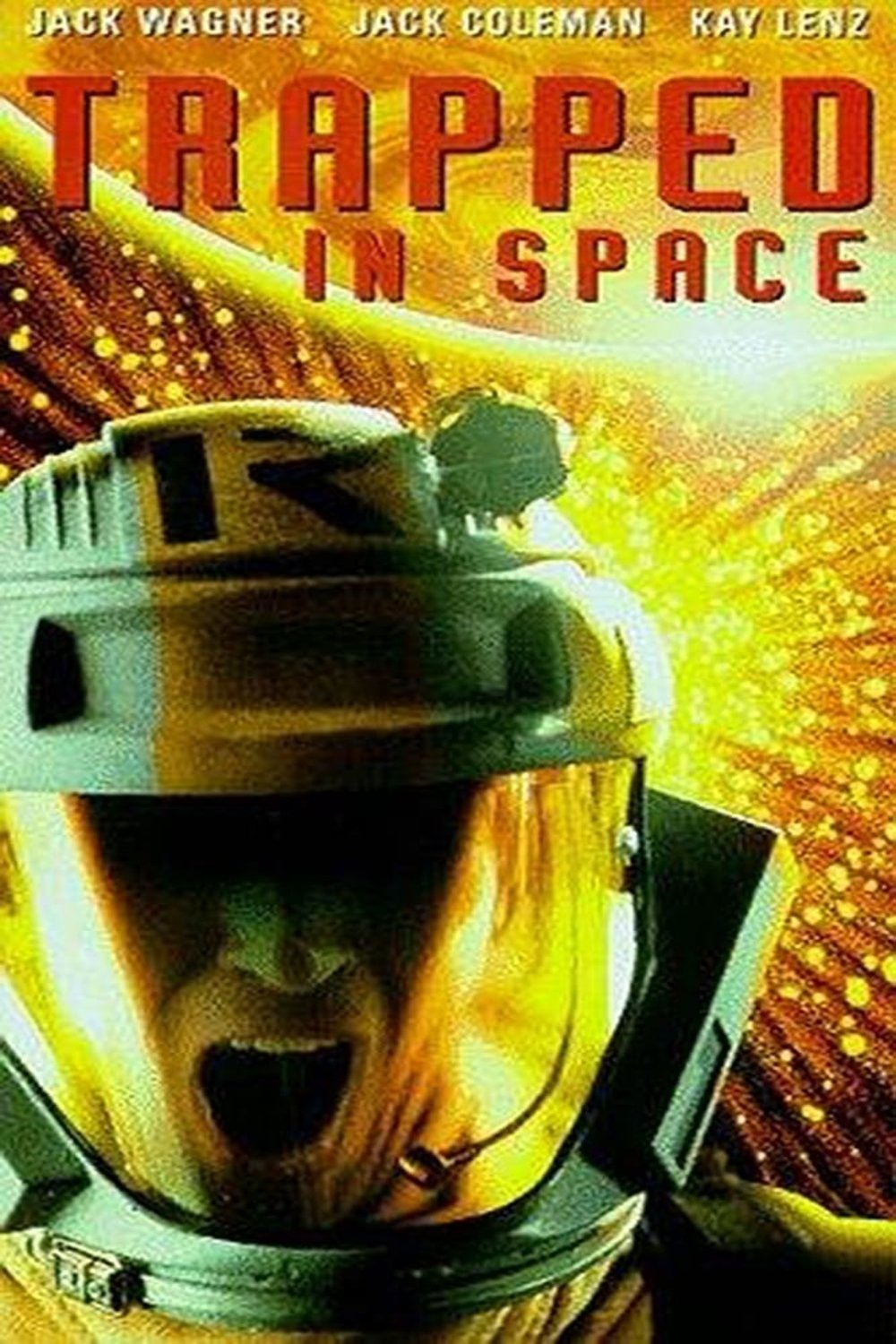
Billions of years ago, Venus may have harbored life-giving habitats similar to those on the early Earth. Today, Earth's twin is a planet knocked upside down and turned inside out. Its burned-out surface is a global fossil of volcanic destruction, shrouded in a dense, toxic atmosphere. Scientists are now unveiling daring new strategies to search for clues from a time when the planet was alive.

Imagine crashing through the acid storms of Venus, taking a space walk in the magnificent rings of Saturn, or collecting samples on the disintegrating surface of an unstable comet. Seen through the eyes of five astronauts on a six-year mission to the new frontiers that make up our solar system, it reveals the spectacle - and the dangers - they face when landing on and exploring the exotic worlds of our neighbouring planets.
Svalbard is a norwegian archipelago in the Arctic Ocean where the world's northernmost city is situated. It is a place where the underground, terrestrial and spatial universes blend into each other starting from a coal mine up to Venus.

After an accident during a routine trip to Venus, a spaceship has only enough oxygen left for three people... out of five on board.
By browsing this website, you accept our cookies policy.